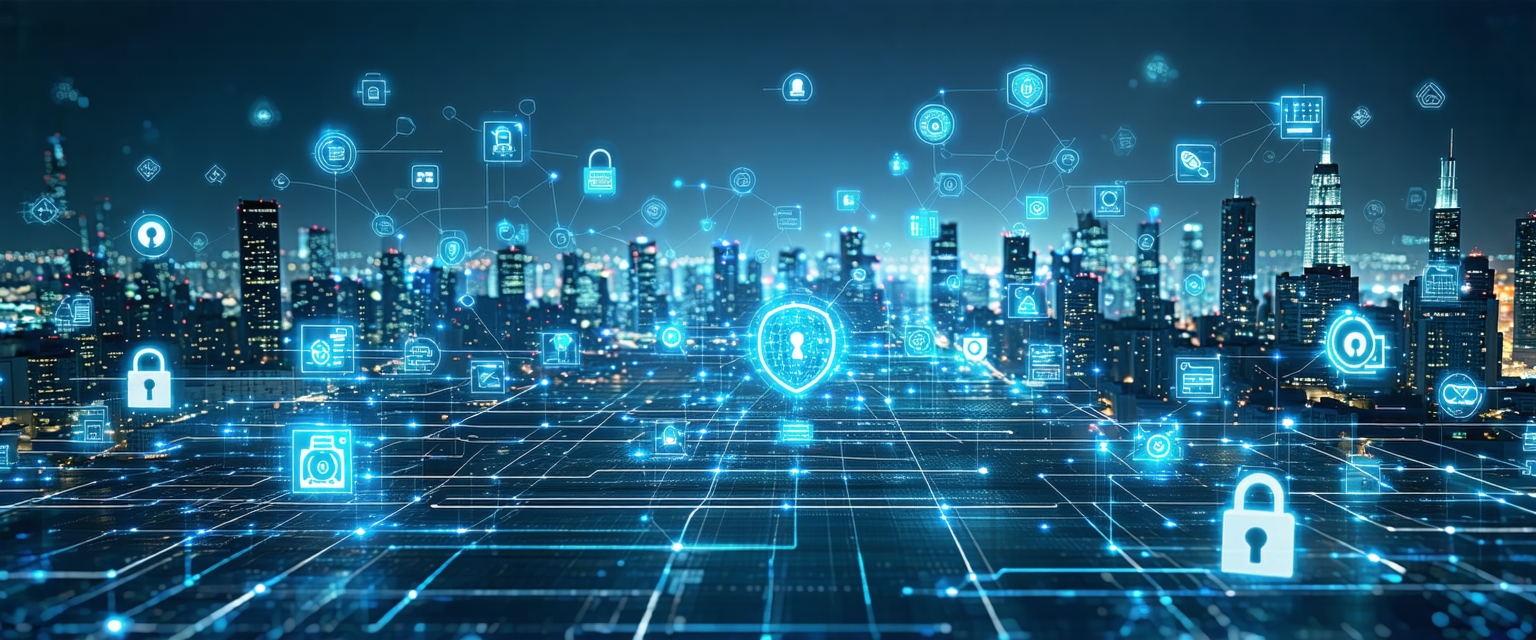






The digital age has ushered in unprecedented connectivity, transforming how we live, work, and interact. This interconnectedness, however, presents a significant challenge: an ever-evolving cybersecurity threat landscape. From sophisticated state-sponsored attacks to opportunistic ransomware campaigns, the risks are increasing in both frequency and severity, demanding a proactive and adaptive approach to security.
The foundations of modern cybersecurity were laid in the early days of computing, focusing primarily on protecting sensitive military and government data. The rise of the internet in the 1990s democratized access to information but also expanded the attack surface exponentially. Early threats were relatively simple, but the sophistication of attacks has grown dramatically, mirroring advancements in technology and criminal enterprise.
The increasing reliance on cloud services and the Internet of Things (IoT) further complicates the challenge. The sheer volume of interconnected devices creates a vast network of potential vulnerabilities, making it difficult to secure effectively. The rise of artificial intelligence (AI) has also played a significant role, powering both offensive and defensive capabilities.
Recent years have witnessed a surge in high-profile cyberattacks, targeting critical infrastructure, healthcare systems, and financial institutions. Ransomware attacks, in particular, have become a major concern, disrupting operations and causing significant financial losses. State-sponsored attacks are also becoming more sophisticated, employing advanced techniques to evade detection and achieve their objectives.
The development and deployment of AI in cybersecurity is a double-edged sword. While AI can enhance threat detection and response capabilities, it can also be leveraged by malicious actors to create more sophisticated and difficult-to-detect attacks. The increasing prevalence of deepfakes and other AI-powered deception techniques represents a significant challenge for the future.
According to a recent report by Cybersecurity Ventures, global cybercrime costs are projected to reach $10.5 trillion annually by 2025. (Source: Cybersecurity Ventures). This highlights the escalating financial impact of cyberattacks. Experts at the Ponemon Institute consistently emphasize the crucial role of human error in cybersecurity breaches, highlighting the need for comprehensive employee training and awareness programs (Source: Ponemon Institute).
Furthermore, many security professionals are advocating for a shift towards a more proactive and preventative security posture. This involves incorporating zero-trust security models, robust threat intelligence, and continuous monitoring to identify and respond to threats in real-time. (Source: Various Cybersecurity Industry Publications)
The future of cybersecurity will be defined by the ongoing arms race between attackers and defenders. The increasing complexity of attacks will necessitate the development of more sophisticated and adaptive security solutions. This includes leveraging AI and machine learning for advanced threat detection and response, improving cybersecurity workforce development, and promoting greater collaboration across industries and governments.
Opportunities exist in the development of new cybersecurity technologies, the creation of more resilient infrastructure, and the implementation of effective cybersecurity policies and regulations. However, significant risks remain, including the potential for widespread disruptions to critical infrastructure, the erosion of trust in digital systems, and the exploitation of vulnerabilities in emerging technologies.
“`